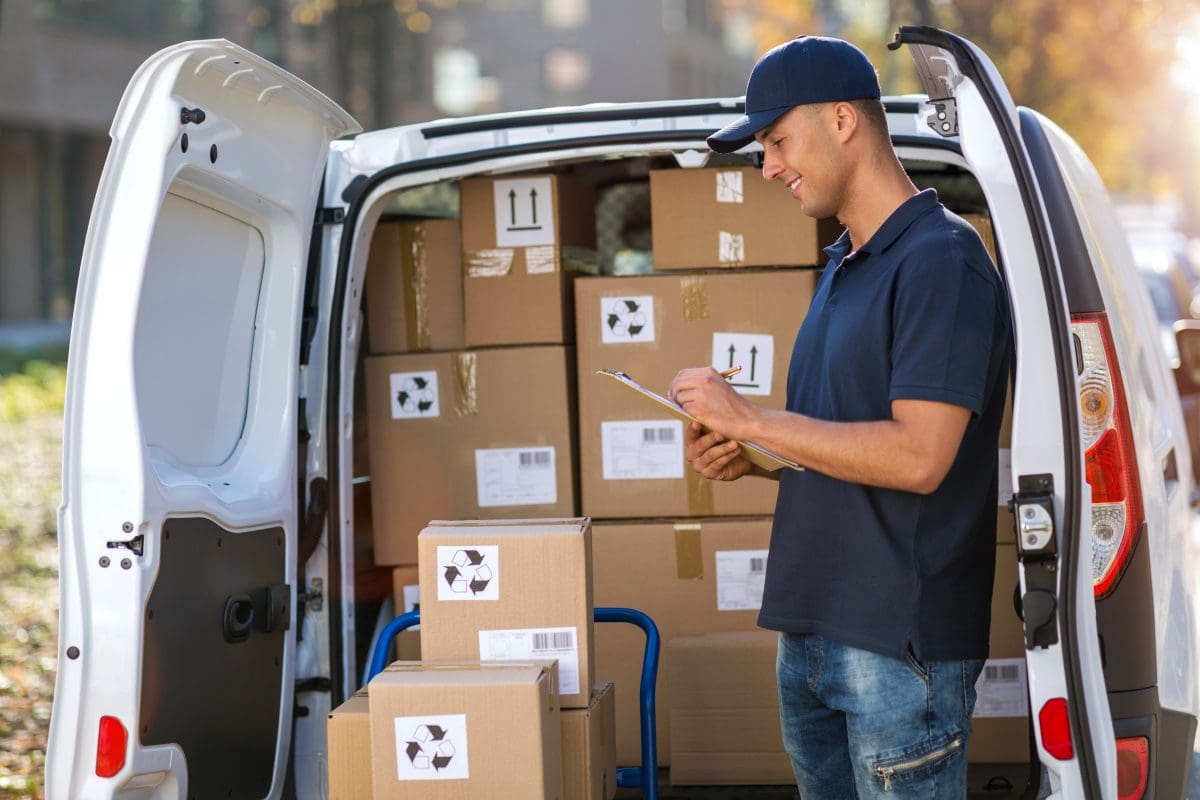
Worldwide shutdowns in March of this year left economies reeling, with mass uncertainty about what would happen as the COVID-19 pandemic began to shake the foundation of our world. In the months that have followed, we have begun to evolve a new way of doing business that has more flexibility than before, and consumer business experts believe that many of the practices we are now establishing will become permanent.
The internal processes of many businesses changed very suddenly, with companies moving to more remote work, minimal staffing in the physical building at any given time, and generally doing more work with fewer employees. Businesses have implemented more stringent cleaning practices with protocols in place in the event of an employee with a positive COVID-19 diagnosis. Managers and employees continue to master the new technology required to work from home, and they are learning how to navigate this transmuted workplace environment.
In many ways, businesses are finding their “sea-legs”. Additional and surprising waves may come upon them at any time, but they are learning to navigate these new and turbulent waters. Two of the biggest challenges that remain involve staffing, and how to keep customers buying – even if they aren’t physically present at a store.
Consumer habits are also more unsettled. With the pandemic fear keeping consumers out of restaurants and other stores, delivery and curbside services have skyrocketed. It comes as no surprise that off-premises food purchasing increased by 10% in the second quarter of 2020, according to Forbes.
Consumers are also more cautious about their purchases and are expressing lower trust in corporations than in prior years. Businesses are challenged to provide better goods and services as consumers evaluate their purchases more fully before committing. Buyers will also continue to expect a wider variety of options to procure the products they do purchase. Curbside pick-ups, contact-free sales, and home deliveries will likely continue to be asked for in all industries.
As companies add delivery services to their repertoire, advanced dispatching software will be key in accomplishing those goals efficiently. Optimized delivery routes mean that businesses can get more done day-to-day. There are many features of dispatching technologies that help to provide the same level of customer service with the reduced staff that has become the norm. March 2020 blindsided many businesses, as shut-downs were enacted with little time to prepare. Now that we have a few months of experience and time to plan, additional shut-downs or other factors won’t be quite as confounding.







